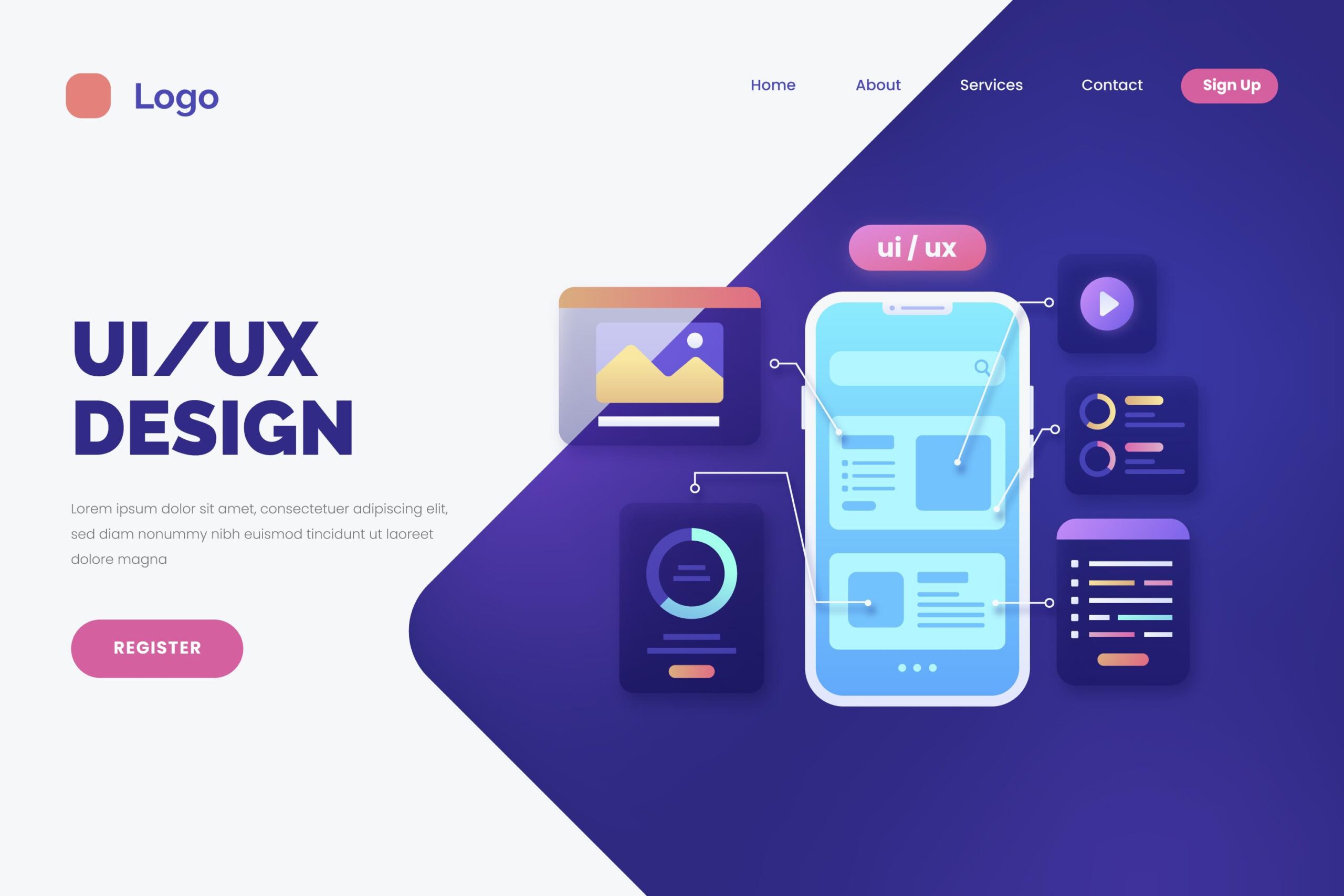
Figma – Revolutionizing UI/UX Design Collaboration
In the world of digital product design, collaboration and efficiency are everything. Whether it’s creating mobile apps, responsive websites, or enterprise dashboards, teams need tools that not only support design but also streamline the entire workflow from ideation to development. Unlike traditional design tools, it is cloud-based, browser-accessible, and built with real-time collaboration in mind. Its rise has been nothing short of transformative, and today it is a staple in design teams around the globe.
Why Figma Stands Out
Before Figma, most design tools worked as desktop applications with limited collaboration features. Designers often had to export files, share them over email or drives, and manually update changes.
Figma solved this by introducing:
Cloud-first workflow: No installation required. Teams can work directly from the browser.
Real-time collaboration: Multiple people can edit a file simultaneously, just like Google Docs.
Design-to-code handoff: Developers can inspect designs, copy CSS code, and integrate faster.
This combination gave Figma a competitive edge over tools like Sketch and Adobe XD.
Core Features of Figma
Vector-Based Design:
Figma uses scalable vector graphics, making it ideal for responsive designs across screen sizes.
Components and Variants:
Designers can create reusable components like buttons, navigation bars, or cards. Variants allow multiple states (hover, active, disabled) within a single component.
Auto Layout:
A time-saving feature where design elements adapt automatically when resized, ensuring pixel-perfect responsiveness.
Plugins and Widgets:
Thousands of community-built plugins for icons, stock images, charts, color palettes, and even AI-powered tools.
Version Control:
Every change is automatically saved in the cloud. Teams can track history, revert, and review progress.
Prototyping and Interaction:
No need for external prototyping tools. Figma allows you to create clickable, interactive prototypes directly inside the app.
Figma vs. Competitors
Adobe XD: Powerful but limited compared to Figma’s real-time features.
Figma wins in terms of accessibility, real-time collaboration, and enterprise adoption.
Impact on Design Teams
Figma has redefined teamwork in the design process:
Designers and developers work in sync, reducing miscommunication.
Product managers can leave comments directly on designs.
Remote teams collaborate without worrying about file sharing.
Startups save costs since Figma removes the need for expensive licenses and heavy software setups.
Figma’s Acquisition by Adobe
This highlighted how valuable the tool had become in reshaping the design industry. While some designers were skeptical about Adobe’s influence, the acquisition also showed that even design giants recognized Figma’s innovation.
Future of Figma
With constant improvements, AI integrations, and deeper workflows for developers, Figma is likely to remain a dominant force in the design ecosystem. As more companies shift to remote-first work models, demand for tools like Figma will continue to rise.
Conclusion
Figma is not just a design tool—it’s a collaboration platform that connects designers, developers, and stakeholders into one seamless environment. By eliminating barriers of platform, location, and communication, it has transformed how digital products are built. For UI/UX designers, learning Figma is no longer optional; it’s a career-essential skill.



